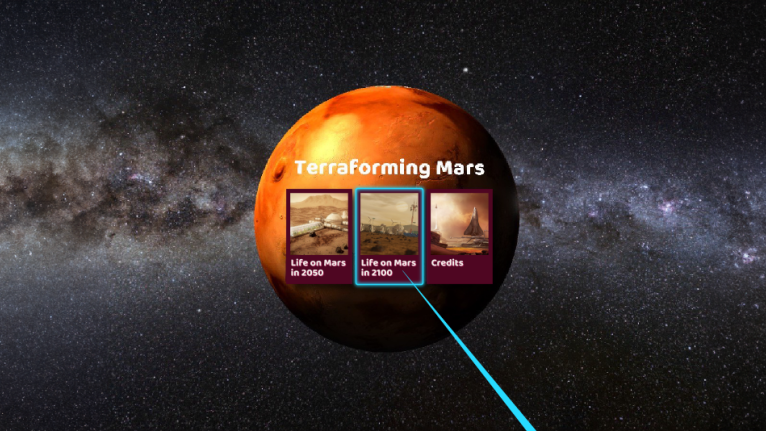The Collaboratory
| Roll over image to view gallery. |
![]()
Mars and its potential habitability have intrigued humanity for centuries. Since 1965, when the Mariner 4 spacecraft found Mars to be a lifeless, barren world, our imagination has taken a new turn--that of terraforming Mars and making it habitable for humans. Students in this collaboratory were guided through a multidisciplinary approach to the problem of terraforming: they reviewed scientific and science fiction literature, built self-contained ecosystems in which plants were grown in simulated Martian soil, attended active learning sessions about Mars, and used fishbowl discussions and worldbuilding tools to visually explore possibilities of a terraformed Mars of their own design. Students also explored the social, political, geological, and environmental impacts of a terraformed Mars.

